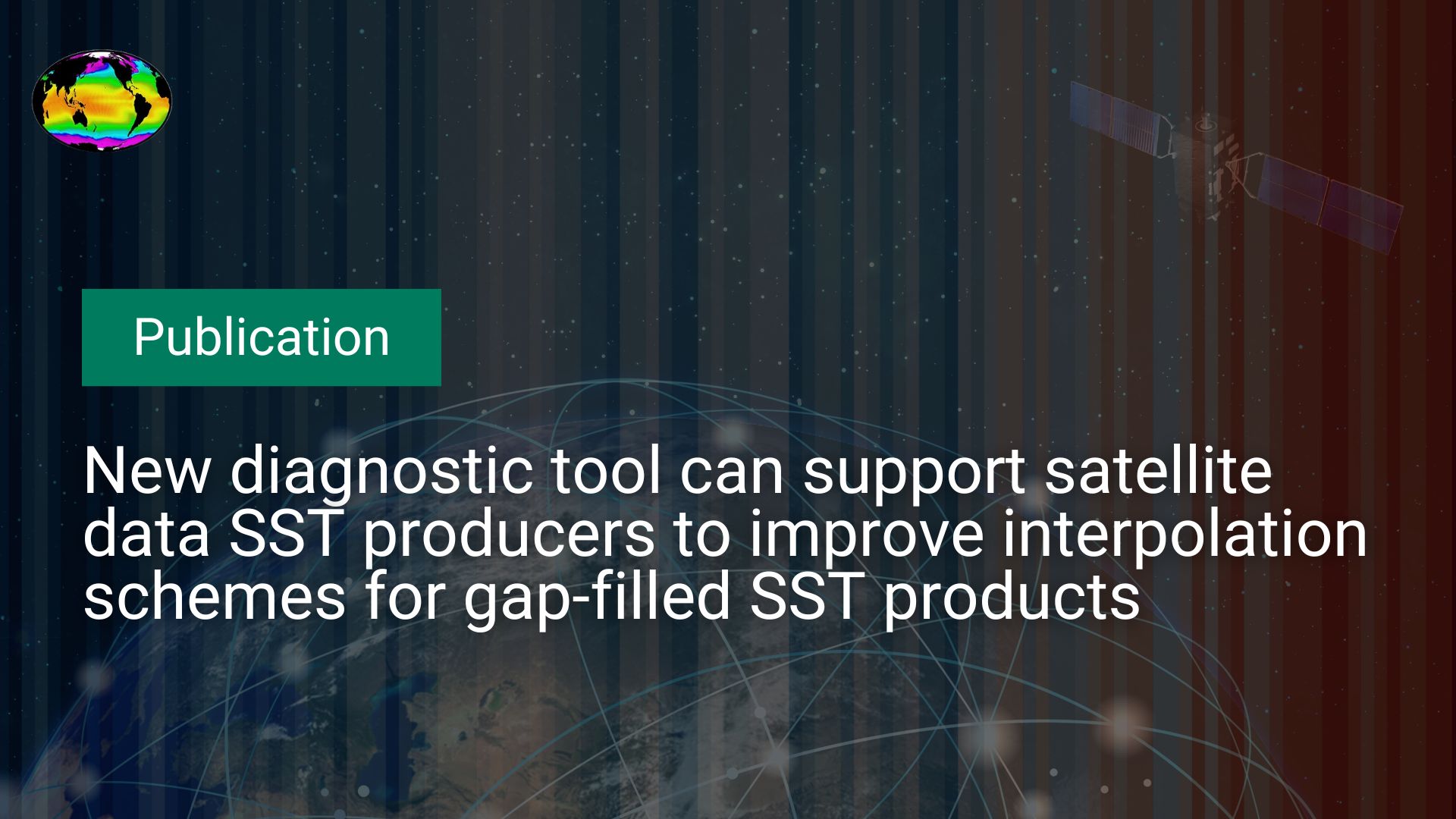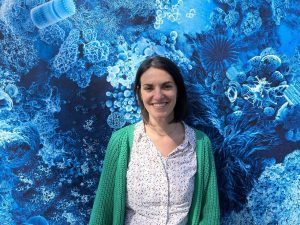A new paper published from, Cristina González-Haro, Jordi Isern-Fontanet, Antonio Turiel, Christopher J. Merchant, Peter Cornillon, members of the Feature Fidelity Task Team, proposes a new diagnostic to assess the structural and dynamical properties of sea surface temperature (SST) products. This diagnostic is based on multifractal theory of turbulence and consists computing the singularity spectrum. Our results reveal that the different schemes used to produce the L4 SST products generate different singularity spectra, which are then used to identify a potential loss of dynamical information or structural coherence.
This work is fruit of the activities developed under the Feature Fidelity Task Team that was formed to address issues of uncertainty of satellite-derived SST fields in relation to the study of oceanographic features at mesoscale and smaller, i.e. <O(100 km). Features such as currents, fronts, eddies, and gradients are defined by differences in SST over the spatial scale of interest. Critical to the study of these features is the uncertainty in the SST differences rather than the uncertainty in the absolute SST.
Why This Matters?
This new diagnostic enables the identification of the regions where the SST fields do not properly describe ocean dynamics. This diagnostic is a valuable tool that can help the data satellite SST producers to improve the way the different observations are blended in order to build SST fields that are more dynamically coherent.
Reproducing the multiplicative cascade of turbulence in the final L4 SST products is a key aspect from a dynamical point of view, and for related applications such as front and eddy detection, among others. Further work needs to be done to improve interpolation schemes to obtain more realistic SST products.
The findings are particularly relevant for the GHRSST (Group for High Resolution Sea Surface Temperature) community, providing satellite SST producers with a means to validate their products from a dynamical perspective. Additionally, the research holds significance for SST users engaged in the study of dynamical processes within the ocean.
What’s Next?
Further work needs to be done in order to understand which methodological choices of producers may cause the deviations from the expected concave singularity spectrum and to find a combination of quantitative metrics for intercomparing the singularity spectrum of each data set.


